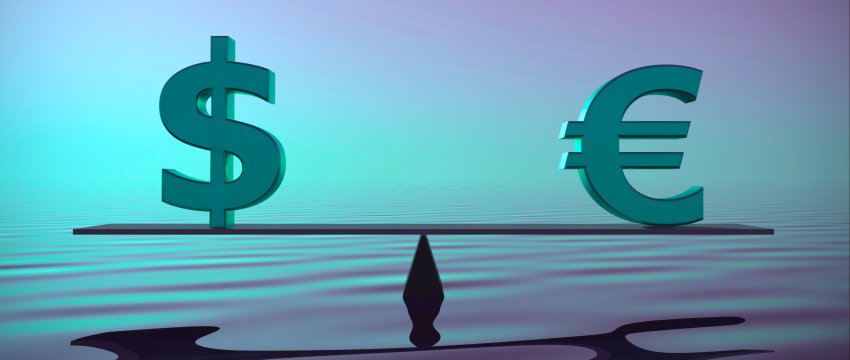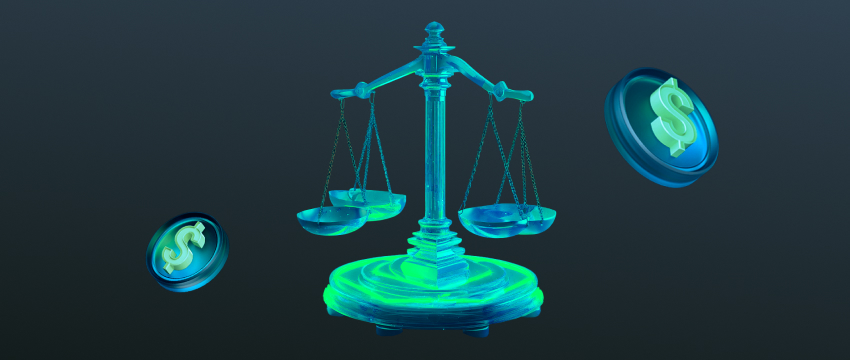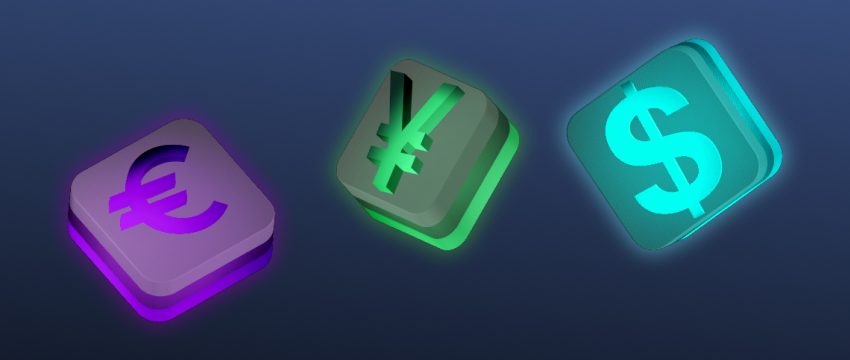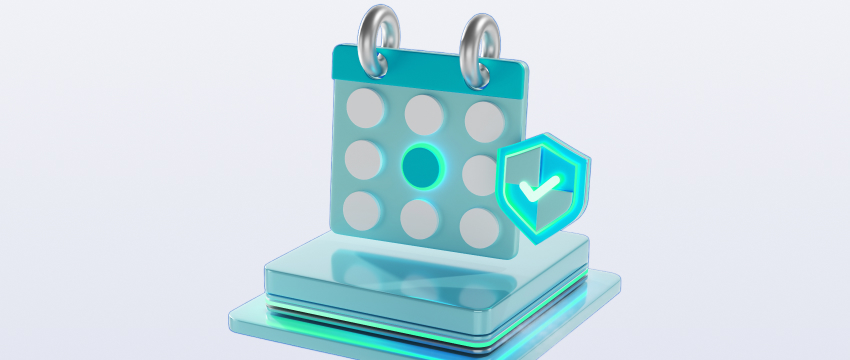Leverage in forex refers to using borrowed money from a broker to trade various assets including currencies, saham dan lainnya.
In other words, leverage enables traders to take on much bigger trades with less deposit. This leads to a higher potential of generating revenue from an increase in the value of the currency.
Nevertheless, leverage may lead to losses. Forex traders must understand how leverage works. They should also know how to manage it and apply risk management to reduce potential losses.
What is forex leverage and how it works?
Leverage is the borrowed money to fund a trading position. For example, with leverage, you can open a £100 position using just £10, since you’re borrowing the rest.
This means you only need to put a small portion of your own money into a trade. Essentially you are buying a lot more as it gives you buying power. The majority of forex brokers out there offer leverage since it is actually useful in forex trading.
Leverage explained through property investment
Let’s take a look at another example where you want to buy a property costing $100,000. What you do most of the times, is go to bank to take o loan.
The bank will request that you provide a 20% downpayment. So, for $20,000 you can now buy a $100,00 home. In this case, you’ve bought the house at a 5:1 leverage. A year later, the property value rises by 50%, so you sell it for $150,000—making a $50,000 profit.
Without a bank loan you would have probably used your $20,000 to buy a smaller house costing this amount. Your total profit after 50% price increase, would have been $10,000 only.
As a result, the 5:1 leverage allowed to you to make a profit 5 times more than you normally would have if you traded without a leverage.
Forex trading example with leverage
Now, taking a real forex trading example. Let’s say you have 1,000 euros and you decide to trade 100,000 euros of EUR/USD at a 1.3130 rate. 1,000 is 100th of 100,000 euros, so you are using a 100:1 leverage.
If the EUR/USD rate rises to 1.3140 and you close your position, you will make a 10-pip profit, or $100. Trading without leverage would mean just $1 profit.
Choosing the right leverage
Based on your account type and risk appetite, you can always trade a lot smaller or bigger trades with different levels of leverage.
However, since leverage leads to both profits and losses it is important that you use a proper risk management strategy.

Margin and forex leverage
Leverage allows you to trade larger positions with a smaller initial amount whereas, margin is the deposit required to maintain and open a leveraged position.
Together, leverage and margin, can help you use your available capital to aim for bigger profits compared to what you started with.
Risk-reward ratio: What is it?
Also known as risk-return ration, the risk-reward ratio shows the potential profit a trader could get for each dollar risked on an asset.
A lot of traders use such rations to make a comparison between the expected returns of a trade and the risk involved to get these returns. Traders usually go with a lower risk-reward ratio as it offers similar potential profit with reduced exposure.
Traders usually use risk-reward ratio to make a plan about which trades to place. The ratio is usually calculated by dividing the amount trades are willing to lose should an asset price moves the other way than expected, by the profit amount they expect to make when they exit a trade.
For example, a 1:3 risk-reward ratio suggests that a trader is willing to risk $1 for the potential of generating $3 on their trade.
Why use leverage?
Leverage is quite a popular tool in forex trading as it helps traders control bigger trades with less money. Therefore, even small fluctuations in prices may lead to generate revenue.
If you are a trader that has a small account, this means that you could still access the markets without needing a lot of money. Below are some of the main reasons traders use leverage:
First of all, trades use leverage because less funding is required. So, even if you don’t have enough money, you can still trade. This can potentially reduce risks as you put less money in with a CFD broker while still having lots of buying power.
Second and most important reason why traders use leverage is the potential for bigger returns. This happens because you can open a very large position and profit out of it with a very small initial amount.
A third reason is that you can take more trades. So, if you need to put less margin in per trade, you can potentially take a lot more trades.
Finally, leverage allows traders to diversify their funds across various trades instead of putting it all into one. If you are a short-term trader, this could be really helpful to you.
What are the risks involved with using forex leverage?
If we go back to one of the reasons why traders use leverage, that is, bigger returns, we could easily tell the first risk involved when using it. If bigger returns is true, then the opposite is also true and possible. Without a proper risk management in place, you could even lose more than you deposited in your trading account.
It is usually preferred if you are with a reasonable leverage so that you are not overleveraged. Negative balance protection offered by brokers is also useful as it helps traders to not lose more than the deposited amount in their account even during big market crashes.
Additionally, you may face increased psychological challenges, especially if you’ve been trading for a while. This happens because, the higher the risk, the higher the pressure hence emotions like stress, impatience etc, all leading to rash decisions and possible mistakes. Therefore, higher leverage may increase these trading emotions.
As mentioned above, small fluctuations in prices may lead to large profits. However, it may cause large losses too, especially if influenced by greed or any other trading emotion.
How to manage risk when using leverage
As already discussed, an effective risk management strategy is very important when trading with leverage. A lot of forex brokers usually provide some tools to help traders manage their risk as well. Some of them will be mentioned below.
Plan your trades and stick to that plan. You can use stop-loss and take-profit orders so that you don’t lose more than you can afford. Calculating your margin is also important, as well as the size of your position. Usually, if the position size is smaller, then the risk is lower too.
Determining your risk per trade is properly one of the most important factors along with knowing your risk-reward ratio.

Final thoughts
Effective leverage use requires both solid risk management and a knowledge of how leverage works.
Take the time to familiarise yourself with what leverage is, practise on a demo account before entering with real money, build a disciplined approach and stick to it. As you move along and gain more and more experience, leverage can be a useful tool while trading.
Disklaimer: This material is for general informational and educational purposes only and should not be considered investment advice or an investment recommendation. T4Trade is not responsible for any data provided by third parties referenced or hyperlinked in this communication.




